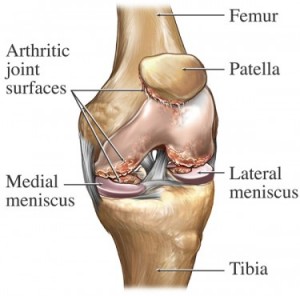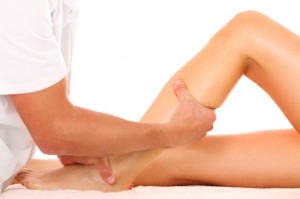Manual Medicine as Effective as Surgery for Meniscal Tear
Which is causing the pain?
When a patient presents with a knee meniscus injury as well as osteoarthritis, it can be difficult to determine the causative factor for their pain. Is it pain originating from the meniscal injury or in the arthritis? because of the question surrounding the injury, it can be difficult to determine which course of treatment is best for the patient. Should they undergo physiotherapy or surgery? A recent study published demonstrated that specific manual medicine techniques were as effective as surgery in reducing the pain from this combined injury. This is great news for people who have meniscal injuries and knee arthritis. It basically proves that manual medicine can help alleviate their pain without the need for expensive and risky knee surgery.
Research conducted by Brigham and Womens Hospital in Boston
This excellent research article was published by the New England Journal of Medicine. The study included 351 patients aged 45 and older who had both a meniscal injury as well as osteo arthritis. The participants were randomly assigned one of the two groups and the interventions were then applied. The surgery group had an arthroscopic partial meniscectomy performed while the physical therapy group had the following interventions:
- Progressive home exercise.
- Structured program to address
- inflammation,
- range of motion,
- concentric and eccentric muscle strength,
- muscle-length restrictions,
- aerobic conditioning (e.g., with the use of a bicycle, elliptical machine, or treadmill),
- functional mobility,
- proprioception and balance.
The items that I have listed in bold type are the exact things that one would have done at a chiropractic office. There is an overlap of treatment modalities in physical therapy and chiropractic. Both disciplines are complementary. In this example, we can see the overlap and the mutual benefit.
Manual Medicine as effective as surgery
In the research study there was no significant difference in pain levels after six months and one year. For those patients who had received surgery they have the same degree of functionality as those who had seen the manual medicine specialist. It is important to note that the cost of the surgery was significantly higher than was the cost for physical therapy. We should all look to this great study and learn from it. If we shift our paradigm away from immediate surgery and more towards long-term structural healing, we can achieve the same therapeutic benefit and save financial resources in the process.
One thing this research article did not point out, but I think it would have been an important criteria for inclusion, is the presence of clicking, catching, popping, or sudden weakness of the knee associated with a meniscus tear. I think those individuals would probably have a more favorable result with a partial meniscectomy.
What does chiropractic have to offer?
With respect to chiropractic care, I tell my patients that my job is threefold. Of course I have the obligation to help the patient out of pain. But in order to do that I must reduce the inflammation machinery which is producing the pain, restore normal muscle tone across the joints, and restore normal biomechanical functioning of the joints. There are multiple techniques for her performing this threefold mission. In our office we utilize specific tailored physio therapeutics as well as multiple joint manipulation techniques, some of which are low force and instrument assisted manipulation techniques, and HVLA (high velocity low amplitude manipulation).
Reference:
Surgery versus Physical Therapy for a Meniscal Tear and Osteoarthritis, NEJM March 19, 2013.





